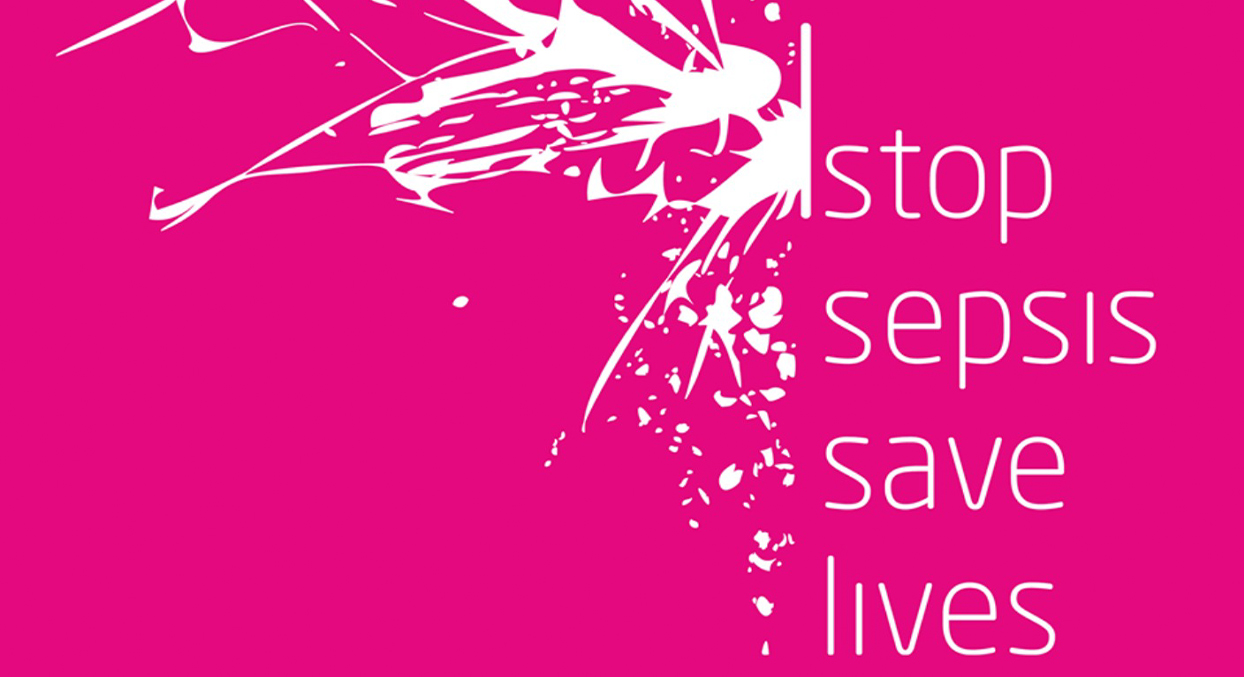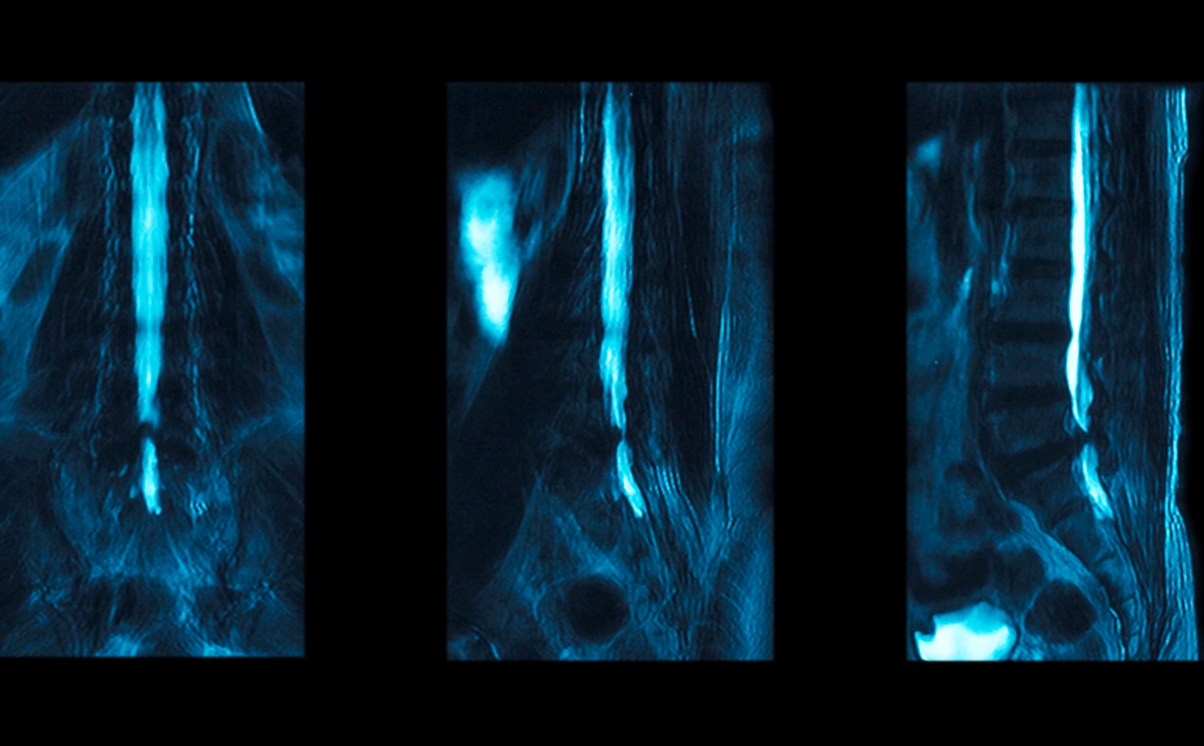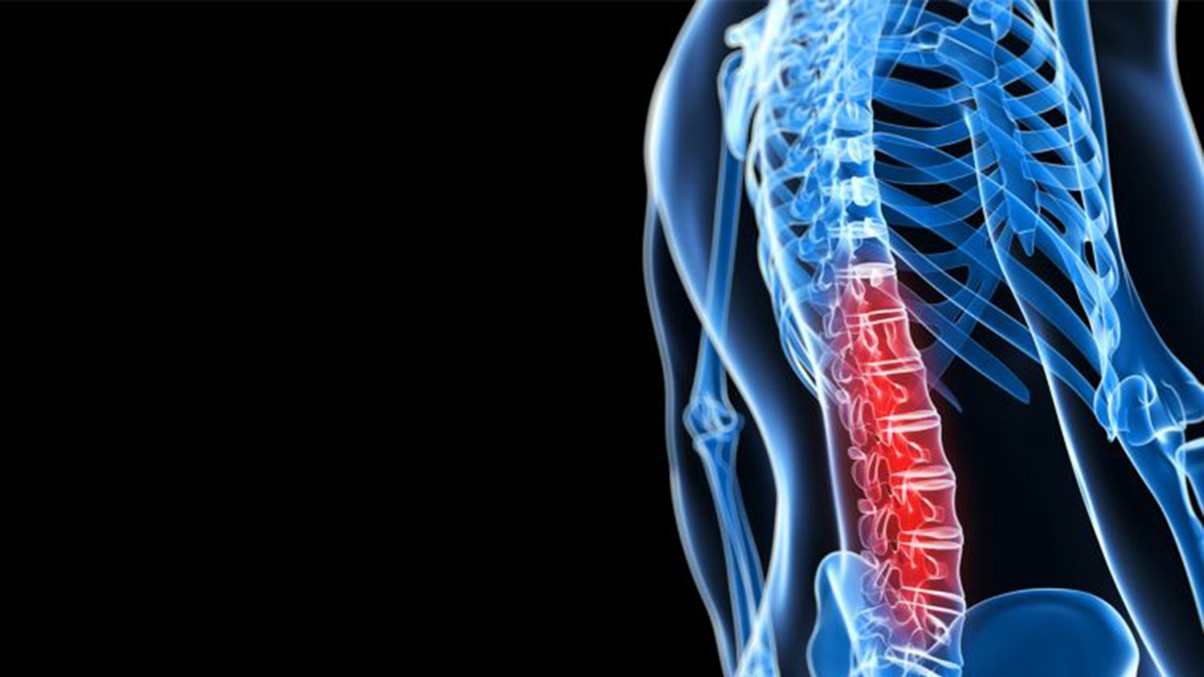Our client DE was 20 years old when she developed sepsis in October 2015. She had just begun her third year of studies for a Law and Politics degree. In her free time, she worked part-time to assist herself through university and enjoyed socialising with her friends, walking and going on family holidays. She was considering pursuing a career in law in London and hoped to have her own family and children. Legal Director Alexandra Bennett reviews DE’s case.
In September 2015, DE developed a throat infection, for which she had been prescribed antibiotics. She remained unwell, however, experiencing vomiting and weakness and requiring a stick to walk. She attended her local hospital in mid-October, by which time she had also begun to develop a facial rash. She was admitted to hospital with a possible diagnosis of a flare-up of her Lupus, which had been diagnosed earlier that year.
Following admission, DE continued to deteriorate, developing a high temperature and swollen joints. It was thought her fever was related to her Lupus or a viral infection, though it was acknowledged that a septic cause needed to be ruled out. Blood cultures showed the growth of coagulase-negative Staphylococcus, but these were thought to be a contaminant. Later on in her admission, DE developed blistered and swollen lips and facial swelling, which were attributed to a possible allergic reaction to medication.
Sepsis complications and amputations
Towards the end of October, DE experienced a seizure and was admitted to the intensive care unit (ICU). A blood culture was taken, which showed the growth of Staphylococcus Aureus, but this was not reported to the clinicians for around a further 42 hours. By this time, DE had developed diffuse intravascular coagulation, pericardial effusion and profound hypotension. She was commenced on Methylprednisolone and Flucloxacillin and transferred to St Thomas’ Hospital for specialist management. Unfortunately, however, as a result of the complications of the sepsis, she required bilateral above-knee amputations of her legs and bilateral amputations of her fingers above the knuckle.
After a protracted stay in the ICU, DE was discharged to her parents’ home. Her close family provided much-needed support, but the family home needed to be adapted to enable her to live downstairs. She was unable to complete her third and final year of university. However, she did return to complete it the following year, enjoying rapturous applause when she walked onto the stage with her prosthetics to receive her degree at her graduation ceremony.
Legal claim and expert medical evidence
DE instructed Stewarts to investigate the treatment which was provided by those who had treated her at around this time and, subsequently, to pursue a claim against the hospital.
Expert medical evidence on the issues of the standard of care and on what her outcome is likely to have been with different management was obtained from experts in rheumatology, microbiology, intensive care and vascular surgery.
Based upon that evidence, it was alleged there was a failure by the defendant hospital to have commenced DE on empirical antibiotics for suspected sepsis at an earlier stage. Had this been done, she would have avoided all of the complications of sepsis and the amputations. Even if treatment had not been commenced until midnight on 28 October, the amputations would have been limited to the toes and tips of her fingers.
Defendant’s admission and payment on account
The defendant made an early admission of breach of duty that the microbiologists should have reported the growth of Staphylococcus Aureus to the clinicians by 6pm on 28 October. The defendant denied this would have avoided the amputations and, in its defence, contended she would have required below-knee amputations in any event.
Directions were given for a trial on both liability and quantum. Further to the limited admissions made by the defendant (even though liability had not been admitted), the defendant agreed to make a payment on account of damages for DE. This enabled her to undergo urgent physiotherapy to allow her to recommence her prosthetic rehabilitation, pending the conclusion of her case.
Settlement
A settlement was reached at a round table meeting held remotely in 2022 after the experts’ discussions had taken place. The settlement was for a significant lump sum and periodical payments to enable DE to purchase suitable accommodation, a care and rehabilitation package and the aids and equipment, including prosthetics, she needs.
DE showed remarkable resilience and a positive outlook towards the future throughout, getting married and having her first child during the course of the litigation. Her settlement will enable her to live independently with her husband and son in their own home, participate in her son’s development as he grows up and regain her independence.
DE says: “Since reaching settlement only a year ago now, my life has progressed in leaps and bounds. I have been lucky enough to find my dream home, which has been purchased and renovated to meet all of my needs and I am now living independently with my husband and our son.
After a life changing eight years of struggle and managing each day as it came, I have finally found complete freedom and a new lease of life. I am back in physiotherapy now, with the added motivation that I have a wider range of options available now regarding prosthesis in the future. I am enjoying my life with my family, and I cannot thank enough my lawyer and now friend, Alexandra Bennett – and the rest of the team at Stewarts – for playing such a huge role in giving me my life back.”
You can find further information regarding our expertise, experience and team on our Clinical Negligence pages.
If you require assistance from our team, please contact us.
Subscribe – In order to receive our news straight to your inbox, subscribe here. Our newsletters are sent no more than once a month.





